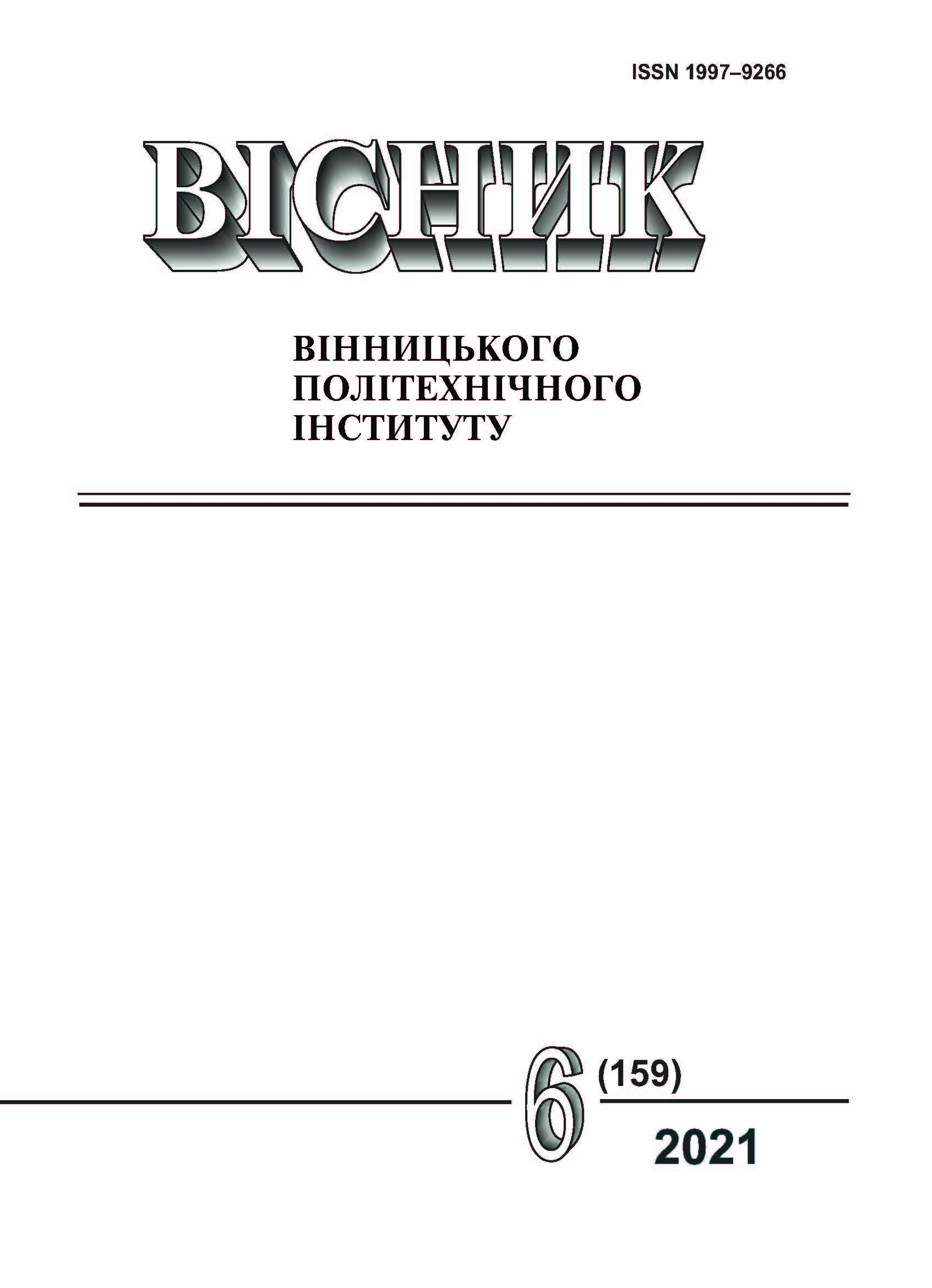Information Signal Converter in Registance for Automatic Control System
DOI:
https://doi.org/10.31649/1997-9266-2021-159-6-9-13Keywords:
converter, signal, resistance, photoresistorAbstract
Potentiometric sensors are widely used in the construction of automatic and automated process control systems. In potentiometric sensors, resistance is the output signal and is values depend on the magnitude of the input signal. As the input signal, voltage, current, digital code, angle of rotation, displacement or other signal is usually used. In practice, the task of simulating of the signal which is coming from the built-in potentiometric sensor is often appeared. An additional potentiometric sensor can be used to simulate the signal of the built-in sensor, which allows to set the required resistance value by changing any external parameter.
The principle of constructing an information signal-to-resistance converter which allows to simulate the potentiometric sensor of the state of the system which is controlled is considered in this article.
Two photoresistors are used to make an information signal to resistance converter, which are selected with similar parameters and set so that they are optically connected to the optical radiation source, and the illumination on the sensitive areas of the photoresistors was almost the same varying in proportion to the change in the brightness of the optical radiation source. In this case, the values of the resistances of both photoresistors will be almost the same at any values of the brightness of the optical radiation source.
A calculator that measures the resistance value of the second photoresistor, compares it with the required resisstance value and sends a signal to the control device of an optical element with a remotely variable transmittance, which, influencing the luminous flux, synchronously changes the illuminance of the sensitive areas of both photoresistors, thus changing their resistance is used in this circuit. The change is occurring till the equality between the measured value of the resistance of the second photoresistor and the specified value. And since the resistances of both photoresistors change synchronously, the resistance of the photoresistor, measured by the consumer of information, will correspond to the required value.
References
А. С. Ишков, и А. И. Цыганков, «Повышения качества и надежности прецизионных потенциометров», Труды Международного симпозиума «Надежность и качество», т. 2, с. 136-138, 2016.
Digital Potentiometer Family Selection Guide. AD5207 — 2-channel 256-position digital potentiometer – datasheet (Technical report). Analog Devices, 2001. [Online]. Available:
https://www.analog.com/media/en/technical-documentation/data-sheets/AD5207.pdf .
Преобразователи напряжение-сопротивление для контроля электрических медицинских изделий ПНС-ГФ, 2002. [Электронный ресурс]. Режим доступа: https://all-pribors.ru/opisanie/23213-02-pns-gf-20197 .
А. П. Подолян, и С. В. Пудрий, Экспонометрические системы аэрофотоаппаратов. Киев, Україна: КИ ВВС, 1994.
О. М. Павловський, Д. О. Півторак, і І. М. Платов, «Потенціометричний датчик автоматичної системи керування,» Патент України G05B 19/07 (2006.1), G01L 5/163 (2020.01) №148640, 01.09.2021.
А. А. Шишловский, Прикладная физическая оптика. Москва, Россия: Физматгиз, 1961.
С. И. Кузнецов, Физика: оптика. Элементы атомной и ядерной физики. Элементарные частицы, учеб. пос. для вузов. Москва, Россия: изд-во Юрайт, 2018.
Н. И. Калитеевский, Волновая оптика, учеб. пос., 4-е изд., стер. СПб, Россия: изд-во «Лань», 2006.
Downloads
-
PDF (Українська)
Downloads: 138
Published
How to Cite
Issue
Section
License
Copyright (c) 2021 Visnyk of Vinnytsia Politechnical Institute

This work is licensed under a Creative Commons Attribution 4.0 International License.
Authors who publish with this journal agree to the following terms:
- Authors retain copyright and grant the journal right of first publication.
- Authors are able to enter into separate, additional contractual arrangements for the non-exclusive distribution of the journal's published version of the work (e.g., post it to an institutional repository or publish it in a book), with an acknowledgment of its initial publication in this journal.
- Authors are permitted and encouraged to post their work online (e.g., in institutional repositories or on their website) prior to and during the submission process, as it can lead to productive exchanges, as well as earlier and greater citation of published work (See The Effect of Open Access).





